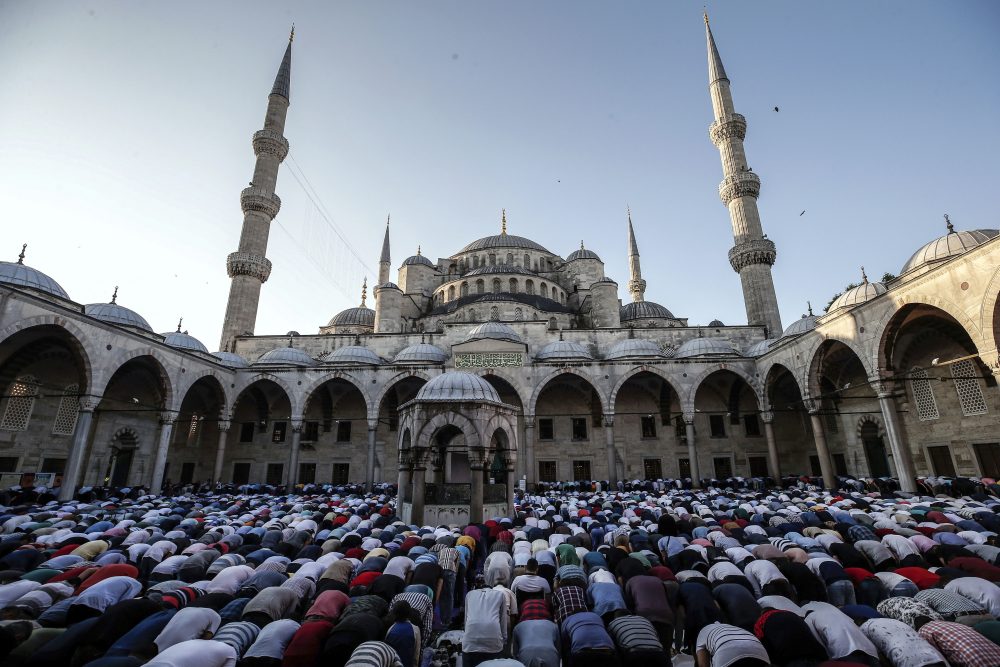Why Islam Is The World’s Fastest-Growing Religion

While the global population is expected to grow 32 percent by 2060, the number of Muslims is expected to grow 70 percent, according to the Pew Research Center. In the second half of this century, the number of Muslims is projected to surpass the number of Christians around the world.
Interview Highlights
On why the global Muslim population is growing so rapidly
“Muslims are the youngest major religious group in the world. They have a median age of 24. And Muslims have more children than people in any other group. About three children per woman who’s Muslim, compared to about 2.2 children per woman who’s not Muslim in the world.”
“People of course do change religious faiths, and we’ve measured religious switching, but for Muslims the story as far as we can tell is really about natural increase: a lot more Muslims being born than are dying in any given year.”
On people changing their religious identity
“We’ve studied a couple dozen Muslim-majority countries, and we don’t see much change in religious identity in those countries. In Egypt, for example, most people who grew up Christian retain that identity as adults, and the same for those who grew up Muslim. There are some restrictions on switching faith in Muslim-majority countries. You might be stigmatized or face legal consequences for apostasy for changing faith. So that’s a factor that they limit what we can capture. But the big change in terms of religious switching in the world is from people who grew up Christian to those who now identify with no religion. And that population of people who claim no religion is growing a lot through religious switching, not through fertility. Those folks tend to have fewer children than people who have a religious affiliation.”
“Muslims are the youngest major religious group in the world. They have a median age of 24. And Muslims have more children than people in any other group.” Conrad Hackett
On what Islam’s growth means for the world
“One way of thinking about it is we have this rapidly secularizing West, places like the United States and Europe, more people are becoming unaffiliated. And then we have this population of the rapidly growing rest of the world, places like Africa — where almost everyone continues to identify with a religion — and the number of people there is multiplying greatly. By 2060, four out of 10 of the world’s Christians will live in sub-Saharan Africa, according to our projections, for example. There’s a big geographic shift underway in terms of where the world’s Christians live, and the population of people who are religious increasingly are living outside of Europe, North America.”
On the growth of the Muslim population in the U.S.
“The Muslim population is growing in the United States. We project that by the year 2050, there will be more Muslims than [Jews] or Hindus or Buddhists in the U.S. Currently, about 1 percent of the U.S. population is Muslim, and that’s gonna increase by a couple of percentage points in the decades to come. And that’s growing because Muslims in the U.S. — like Muslims worldwide — are younger than other major religious groups and having more children, and also have been growing through immigration and, we expect, are likely to continue to do so.”
Editor’s Note: Our guest misspoke when he said there would be more Muslims than Christians, Hindus or Buddhists in the U.S. by 2050. It’s predicted that there will be more Muslims than Jews, Hindus or Buddhists in the U.S. by 2050.
This segment aired on July 17, 2017.

















